How well do you know your customers and their needs? And, how well do you meet those needs?
Do you just create a product and send it out? Or, do you take the trouble to analyze who your customers are, what they need, and how to best meet their needs?
If you’re cool with just creating a product without taking the steps necessary to know exactly what customers want, you have to do a volte-face on your approach.
It is not enough just to create and pump out products. You need to know the people you are reaching out to; and, most importantly, you need to know what they want.
You need to find out what their main problems are, the best solutions for those problems, and the ideal ways to present the solutions to them.
Armed with this information, you’ll be able to create products that meet their needs.
There are several means by which you can gather customer information: comments, social media, live sessions, emails, in-product request forms, etc. However, one of the most effective and best methods is to use surveys.
Surveys are great information-gathering tools, but to get accurate results, you have to ask the right questions in the right way.
Later on, we’ll be looking at the kinds of questions to ask: questions that will unlock your customers’ innermost thoughts, get you the answers you want, and even help you segment your customer base.
First, here are some general guidelines to help you prepare result-focused survey questions:
1. KISS (Keep It Simple, Stupid)
When it comes to surveying, simplicity is key.
You’re reaching out to people who probably are busy, so it’s best to make it as easy as you can for them to access the survey questions, understand those questions, and then answer them in a short amount of time.
Brevity is important. An incredibly lengthy survey may leave you with not much more than an incredibly high abandonment rate.
You want people to excitedly respond to your questions, right? A 40-minute survey won’t support that.
The bottom line here is to remember the KISS principle and apply it.
Here’s a great example screenshot of a short survey:
Instead of using an intricate questionnaire, go with a plain, easy-to-comprehend template; and, instead of asking complex questions, ask simple questions in a well-defined manner.
Asking convoluted questions may confuse or even frustrate respondents. When that happens, two things are bound to follow: they will either not answer the question at all, or, if they do, they will give you unclear, inaccurate answers.
By convoluted questions, I’m not referring only to trick questions, but also to confusing and unnecessarily long questions.
In fact, variations of the phrase KISS (Keep It Simple, Stupid) read “Keep It Simple and Straightforward” and “Keep It Short and Simple.”
So, to get respondents to answer your questions, keep it simple, short, and straightforward.
2. Avoid Asking Polar Questions
Polar questions are questions with only two possible answers: yes (confirmatory) and no (negative). They’re also known as yes/no questions.
Why should you avoid asking polar questions?
Well, the simple reason is that when you ask a yes/no question, that’s all you will get. Respondents don’t have the chance to tell you what’s on their minds (which may be other possible answers that you haven’t thought of). Also, you miss out on the chance to interpret and analyze those answers.
Closed-ended questions such as yes/no questions have the ability to lead respondents toward a certain answer. That’s bias. Biasing won’t unlock your respondents’ authentic answers.
Remember, our objective here is to get into customers’ heads and find out their deepest cravings.
Survey questions that pull respondents toward one answer can disrupt the objective of the survey.
You don’t want your audience to tell you what you already know; you want them to give you insights, so you have to allow for that.
If you really have to ask questions that the respondents must choose an answer to, ask multi-choice questions.
For instance, avoid asking a polar question such as:
Instead, try a multi-choice question like this one:
Just keep in mind that multi-choice questions may not really get you into customers’ heads, simply because multi-choice questions are somewhat closed-ended. You create the choices, and customers take up the baton from there.
In other words, you’re partially helping them to answer the question. You’re partially helping them to make a choice versus allowing them to tell you what’s on their mind.
However, multi-choice questions do give respondents the chance to choose from a variety of choices, and you may find that their preferred choice is different from what you anticipated.
If you want additional information, you can always provide a space for unique answers and call it “Others – please specify” or something along that line.
And, if you’re going to ask a multi-choice question, remember to include all the possible answers so as to make it easy for respondents to make their choices.
What’s more, remember to give customers some freedom by asking one or two open-ended questions. And, that’s the next point.
3. Throw in a Smart Open-ended Question or Two
Open-ended questions are questions that require a respondent to write a comment, an essay, or other type of free-reaction text.
You don’t need to make all the questions open-ended, rather include only one or two such questions.
This will unfetter your respondents and give them the freedom to blurt out what’s on their minds without holding back.
Below, are two smart open-ended questions culled from a recent survey by an ecommerce company:
When asking an open-ended question, you need to be careful, as some respondents may get carried away and provide you with long compositions.
To prevent such incidents, provide a text box where they can write their answers, but limit the number of characters the text box can accept.
That way, they’ll provide you with only the most important things they have to say.
4. Ask One Question at a Time
How do you feel when someone asks you a string of questions, say 4 questions at one fell swoop:
How did you find our products? What results have you gotten by using our products? Which of our products do you find most beneficial and why?
You feel like the desperate interrogator wouldn’t let you finish your sentence, right?
That’s exactly how your respondents feel when you ask a chain of questions at once.
In addition, multiple questions make it hard for respondents to give you precise answers, which will in turn make it difficult for you to interpret and evaluate those answers.
In place of multiple questions, try combining all the questions to form one simple, yet all-inclusive question, without it losing its aim.
Examples: 3 Questions That Will Help You Know (and Solve) Your Customers’ Biggest Problems
Next, we will be looking at some specific questions that can get you helpful answers.
These questions are very investigative and will help you discover your audience’s biggest problems. They’ll also help you know what product to create and what to share with your customers in your newsletters, walk-through guides, blogs, etc.
The truth is, as a business, your job is to solve problems and meet people’s needs, either by rendering a service, creating a product, or sharing helpful information and fresh content just as we do here at the Neil Patel blog.
And, you really cannot solve any problem without getting to know it first; thus, the importance of asking these kinds of questions.
With that in mind, here are some pin-pointing, open-ended survey questions that will elicit helpful answers from your audience:
Question #1: What’s your biggest challenge in___?
Are there challenging situations that customers are facing right now in the area of your specialization? That’s what you need to find out, and your customers are the best people to tell you that.
The answers you get by asking this question will help you understand the greatest problem your customers need help with.
Sometimes, you may receive diverse answers from respondents; however, with the data gathered, you will be able to find out the “gross common challenge” among them.
Question #2: What are your most burning questions about____?
You’ve been doing all the interrogations so far. Now, it’s time for customers to take their turn. The cool thing here is, sometimes, the most useful information can come to you through customer questions.
The trick is to get them to ask only their most burning questions about the niche you’re dealing in or about the subject at hand.
So, that means you might have to limit the number of characters in the text box, or downright tell customers to ask only the most important questions they need answers to.
By the way, if you do share information with your audience (through blogs, videos, podcasts, newsletters, eBooks, eCourses, etc.), the questions your customers ask here will help provide you with a bunch of content ideas you can use for a long time.
Their questions may even give you ideas for services to add to your service list and products to create, or ways to improve your existing offerings.
But, if you want to lay it on the line, you can really tap into their wits. That’s the job of the next question.
Question #3: What’s not out there? What product/service/tool/app would you like someone to create?
That’s it! Absolute bluntness!
If you want to use only your own head to come up with product ideas, you may end up creating the wrong product – a product that won’t sell a piece, won’t make you a dime, and won’t solve a single problem. That’s a bummer!
On the other hand, you can be unswervingly frank and straightforward by asking this question.
The answers you get here will help position you advantageously to create products that matter, thereby giving you an edge over your competitors.
I’m sure you don’t want the opposite of that to happen to you, so it’s best to ask what product customers wish someone would create.
Examples: 2 Questions That Will Help You Know How to Best Reach Your Audience
While the questions above will get you helpful customer-centric answers, it’s not all about knowing what your customers want. You also have to find out who they really are and the best ways to reach them.
Here are some questions to help you do that:
Question #1: What level of expertise do you have in ___? (Beginner, intermediate, or expert?)
You may think you know who your audience is, but, hey, do you? I know you’re reaching out to a specific set of folks, but do you really, really know who they are?
Without a basic knowledge of who you’re reaching out to, you may not be able to solve their problems.
This question is specifically significant if you’re saddled with the responsibility of training people (through in-app messages, blogging, video content, webinars, online courses, information products, etc.).
Knowing your customers’ level of expertise will help you know how much supportive care you need to give them and what sort of content to create for them.
Question #2: What’s your preferred method of learning (reading, listening, watching, practicing, others)?
If your customers prefer to receive information via written online content, like traditional blog posts, you will not be able to reach them effectively via podcasts, even if you create the best podcasts on the web.
That’s why this question is important. It will help you learn the best method to reach the people you care about.
One set of customers may prefer written content, while another set may prefer videos, podcasts, interactive learning like online community, or even some kind of one-on-one mentoring that involves practical assignment.
Conclusion
A great product and excellent customer service begin with getting to know who your customers are and what they need. To get that done, you have to gather customer information, and surveys are just what the doctor ordered for that.
When reaching out to gather customer information, it’s essential to get it right from the beginning. The types of questions you ask play an important role in creating a successful survey.
There are good questions, and there are bad questions. Your goal should be to ask good questions because the wrong questions can get you the wrong answers.
If you take the time to write good survey questions, you’ll be on your way to getting handy customer information that can help you drive your business in the right direction.
The next time you conduct a survey, try the tips above, ask the right questions just as I’ve pointed out, and you’ll be on your way to uncovering your customers’ deepest desires.
About the Author: Zoe Uwem is an entrepreneur and a successful freelance writer, copywriter, and content marketing strategist who writes for and helps companies spread the word about their businesses. Zoe Uwem runs the Freelance Writing HQ, a community for freelance writers. You can hire him to write for you, too. Find him on his website, ZoeUwem.com, or follow him on Twitter @ZoeUwem.
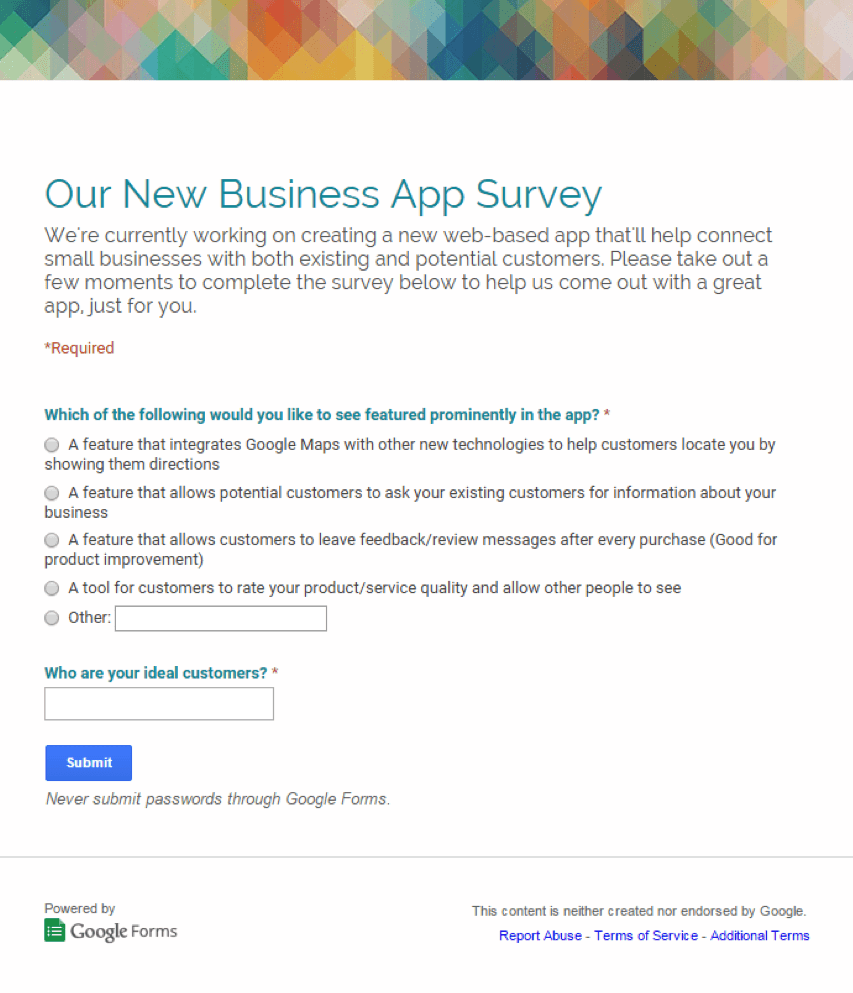
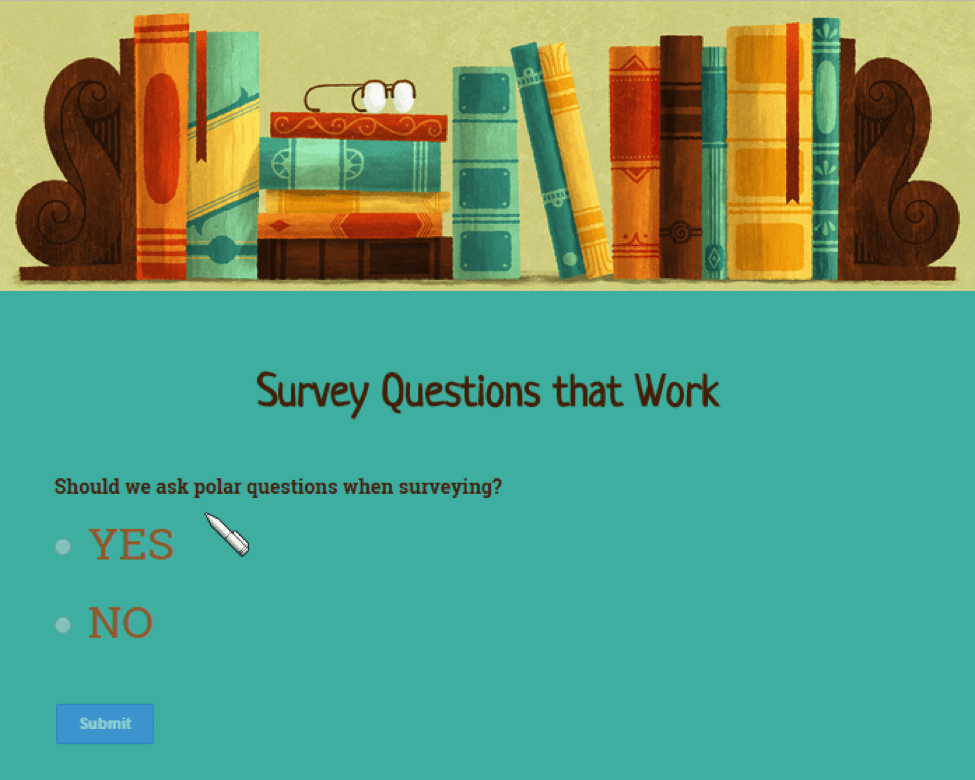
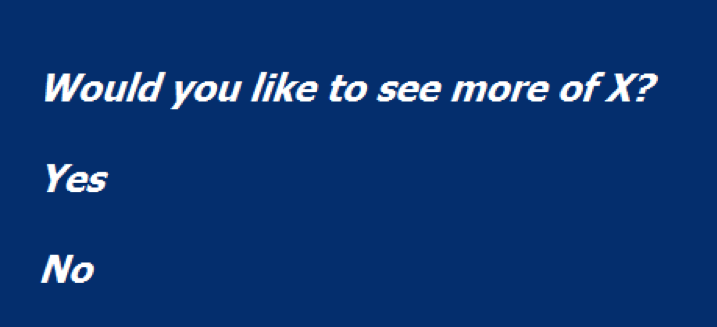
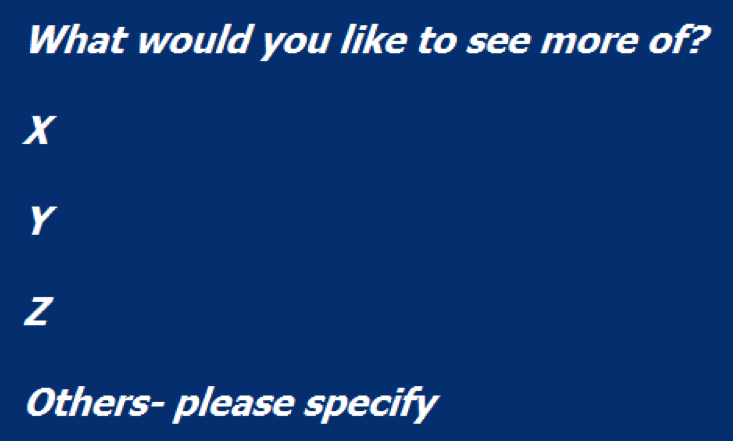
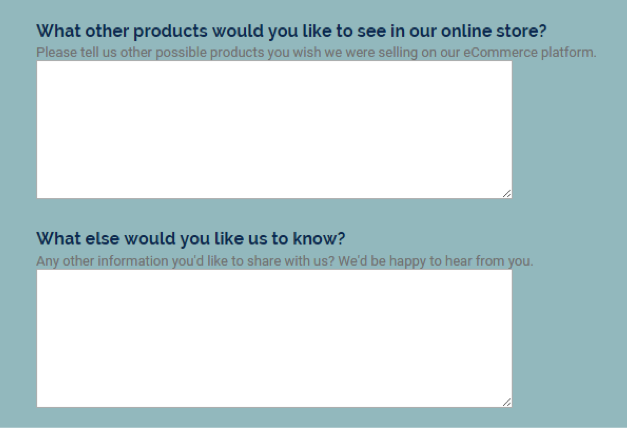
Comments (19)